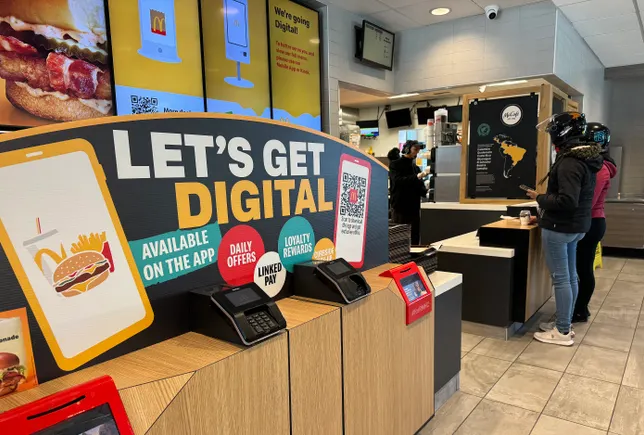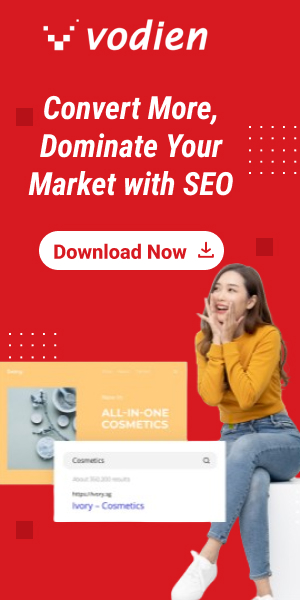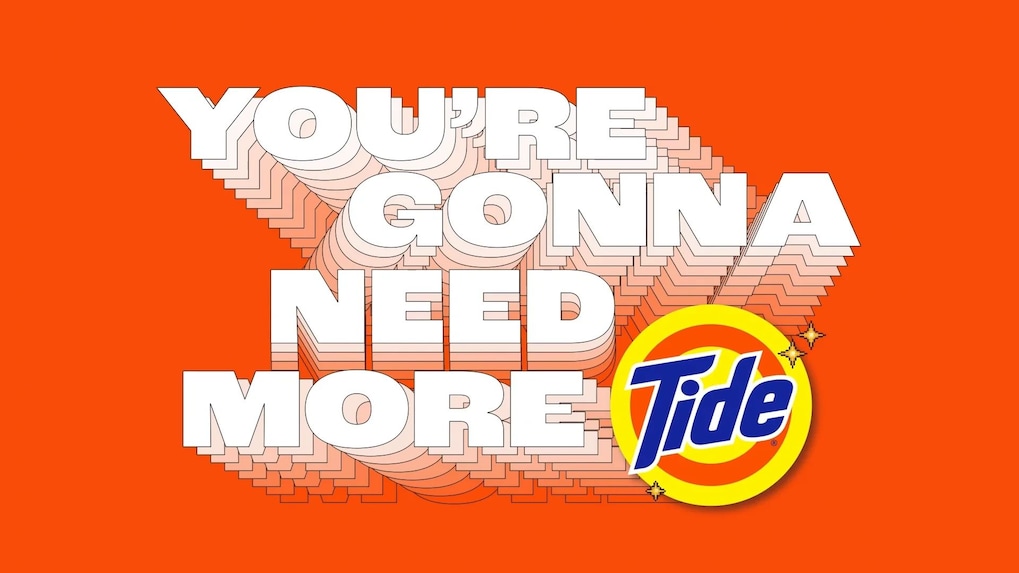Are you looking for inspiration to make your website accessible to all users? In this article, we will showcase accessible website examples that prioritize inclusivity and provide a seamless browsing experience for everyone. From visually impaired individuals to those with motor disabilities, these websites have implemented various accessibility features to ensure equal access to information and services. Let’s dive in and learn from these remarkable examples!
1. Apple: Setting the Benchmark for Accessibility
Apple has long been recognized for its commitment to accessibility. Their website is a prime example of how to create an inclusive online presence. The site features a clear layout with ample white space, making it easy for users with visual impairments to navigate. Additionally, Apple provides alt tags for all images, allowing screen reader users to understand the content. They also use closed captions in their videos, ensuring that users with hearing impairments can fully engage with the multimedia content. Apple’s dedication to accessibility is evident in both their product design and their online platform.
2. BBC: Delivering News for All Audiences
The BBC website is another excellent example of an accessible website. They have implemented various accessibility features to cater to a diverse range of users. One standout feature is the high contrast mode, which allows users with low vision to read the content more easily. The BBC also provides transcripts for their audio content, enabling deaf or hard-of-hearing users to access the information. Moreover, the site has scalable font options, empowering users to adjust the text size according to their preferences. The BBC understands the importance of providing an inclusive news experience and has taken significant steps to make their website accessible.
3. Microsoft: Embracing Inclusive Design
Microsoft is known for their inclusive design philosophy, and their website reflects this commitment. The site features a robust accessibility toolbar that allows users to customize their browsing experience. Users can adjust the font size, enable high contrast mode, and even switch to a simplified layout for improved readability. Microsoft also ensures that their website is keyboard accessible, making navigation smooth for users with motor disabilities. With their focus on inclusive design, Microsoft creates a welcoming online environment for users of all abilities.
4. Adobe: Making Creativity Accessible
Adobe’s website is a shining example of how to make creative content accessible. They provide detailed alt text for images, ensuring that screen reader users can understand the visual elements. The site also offers accessibility training and resources for designers and developers, promoting a more accessible web ecosystem. Adobe’s commitment to inclusive design extends beyond their products and reaches their website, making it easier for all users to explore and engage with their creative offerings.
5. Target: Investing in Accessibility
The Target website prioritizes accessibility by implementing features that make it easier for all users to shop online. They provide detailed product descriptions, allowing screen reader users to make informed purchasing decisions. Target also includes visible focus indicators, enabling users who navigate via keyboard to understand their position on the page. Additionally, they offer a simplified version of their website for users with cognitive disabilities. Target’s investment in accessibility demonstrates their dedication to providing an inclusive shopping experience for all customers.
6. The Metropolitan Museum of Art: Art Accessible for All
The Metropolitan Museum of Art website has taken strides to make their vast art collection accessible to everyone. They provide detailed audio descriptions for select artworks, ensuring that blind and visually impaired users can engage with the art. The site also offers closed captions and transcripts for their video content, making it accessible for users with hearing impairments. The Metropolitan Museum of Art understands that art should be accessible to all individuals, regardless of their abilities, and they have successfully implemented inclusive features on their website.
7. Khan Academy: Quality Education for Everyone
Khan Academy is an educational platform that offers free online courses to learners worldwide. Their website is designed with accessibility in mind, making it possible for users of all abilities to access educational resources. The site features a clean layout with clear navigation, allowing users with cognitive impairments to easily find and engage with the learning material. Khan Academy also provides closed captions for their videos, making them accessible for users with hearing impairments. Through their commitment to accessibility, Khan Academy ensures that quality education is accessible to all learners.
In conclusion, these accessible website examples demonstrate the importance of prioritizing inclusivity and creating online experiences that cater to users of all abilities. By implementing features such as alt text, closed captions, and high contrast modes, these websites ensure that everyone can access and engage with their content. Whether you are redesigning your existing website or starting from scratch, these examples can serve as valuable inspiration for making your website accessible to all users.












Leave a Reply